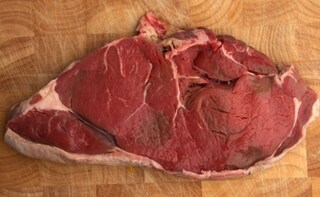Barred in 1998 at the height of the Europe-wide 'mad cow disease' crisis, the grass-fed beef is set to reappear on American shores in March.
Advertisement
Advertisement
Advertisement
Advertisement
For the latest food news, health tips and recipes, like us on Facebook or follow us on Twitter and YouTube.
Advertisement
Tags:
